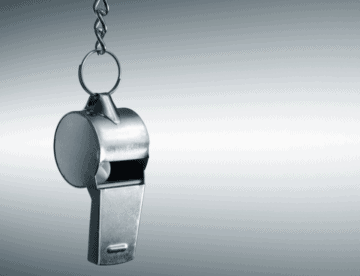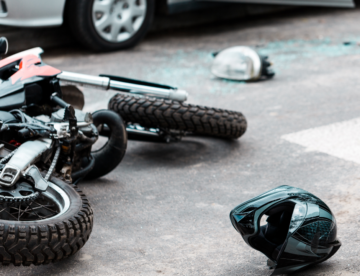
October is Pedestrian Safety Month. The Governors Highway Safety Administration has reported a 50% increase in pedestrian fatalities over the past decade, with 2019 listed as the deadliest year for pedestrians in 30 years. While many of us are accustomed to driving most places, the National Highway Traffic Safety Administration reminds us that everyone is a pedestrian at some point during the day. So, whether you’re driving through busy school zones in the morning or crossing a busy intersection to walk to lunch, it’s important to remember pedestrian safety is a two-way street. Below, we’ve provided some helpful tips for pedestrians and drivers to improve pedestrian safety.
Pedestrian Safety
Walking on or near busy roads requires a little extra caution to ensure safety. Here are a few things you can do to protect yourself:
Stay in pedestrian areas. This includes staying on sidewalks and using crosswalks when crossing the street. Most drivers are already looking for pedestrians in these areas, so staying on designated pedestrian paths and road crossings substantially increases pedestrian safety. GHSA data shows that most fatal pedestrian accidents take place away from crosswalks and intersections.
Wait, look, walk. When coming to a crosswalk, stop and observe any traffic signs before moving into the street. Even if the traffic signal indicates that you can walk, watch for any cars that may be turning right on red. Remain vigilant for drivers who may impatiently dart around a car turning in front of them. If you’re walking on a sidewalk, pause before crossing any driveways.
Be visible. Even when you’re taking precautions as the pedestrian, it’s possible that distracted drivers may not see you. To maximize visibility, wear bright or light-colored clothes that contrast with the area in which you’re walking. If you’re walking at night, wear reflective material if possible.
Driver Safety
Unsafe driving habits are particularly dangerous for pedestrians, so it’s important for drivers to take the following steps:
Slow down and stay alert. Always adhere to posted speed limits and lower your speed when driving through areas like schools, parks, and outdoor malls that have heavy pedestrian traffic. Because you can’t predict pedestrian behavior, remain on high alert in these areas to give yourself time to react. Allow for adequate time and room for pedestrians to move through crosswalks safely.
Follow school zone laws. When driving through a school zone, maintain a slow speed and pay attention to the crossing guards. Give students and crossing guards ample space to cross the street. When following or encountering school buses, adhere to the bus’s posted stop sign and leave plenty of room for children to cross. Stay alert for young children who may dart back into the road.
Err on the side of caution. When driving, don’t make assumptions about other drivers’ actions. If a vehicle stops suddenly in front of you, practice patience and avoid the urge to immediately pull around them. (You don’t know – the driver may have braked for a pedestrian, an animal, or debris in the road). If you must pass a stopped driver, go slowly and look for pedestrians.
Don’t drive under the influence. Reaction time is critical in ensuring pedestrian safety. Drugs and alcohol reduce your reaction time, and this puts pedestrians and other drivers at risk. Fifty percent of pedestrian fatalities are caused by alcohol-impaired drivers, so this is one area where drivers can make a huge difference concerning pedestrian safety.
Contact Us
If you’ve been injured in a pedestrian accident, call the experienced personal injury attorneys at Burrow & Associates. Contact us at (678) 323-2394. We offer free consultations and have six offices conveniently located in Duluth, Athens, Gainesville, Conyers, Kennesaw, and Morrow.









